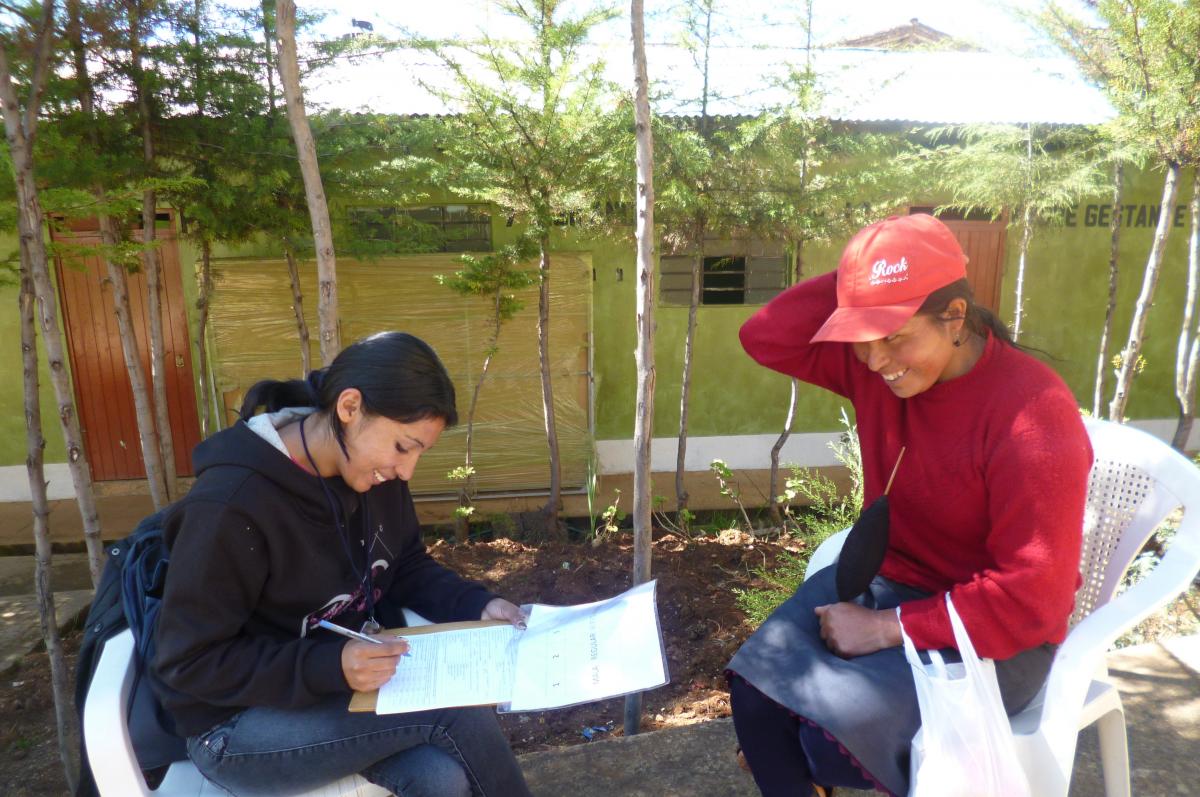Search
Viewing 2475 to 2490 of 2520 news
-
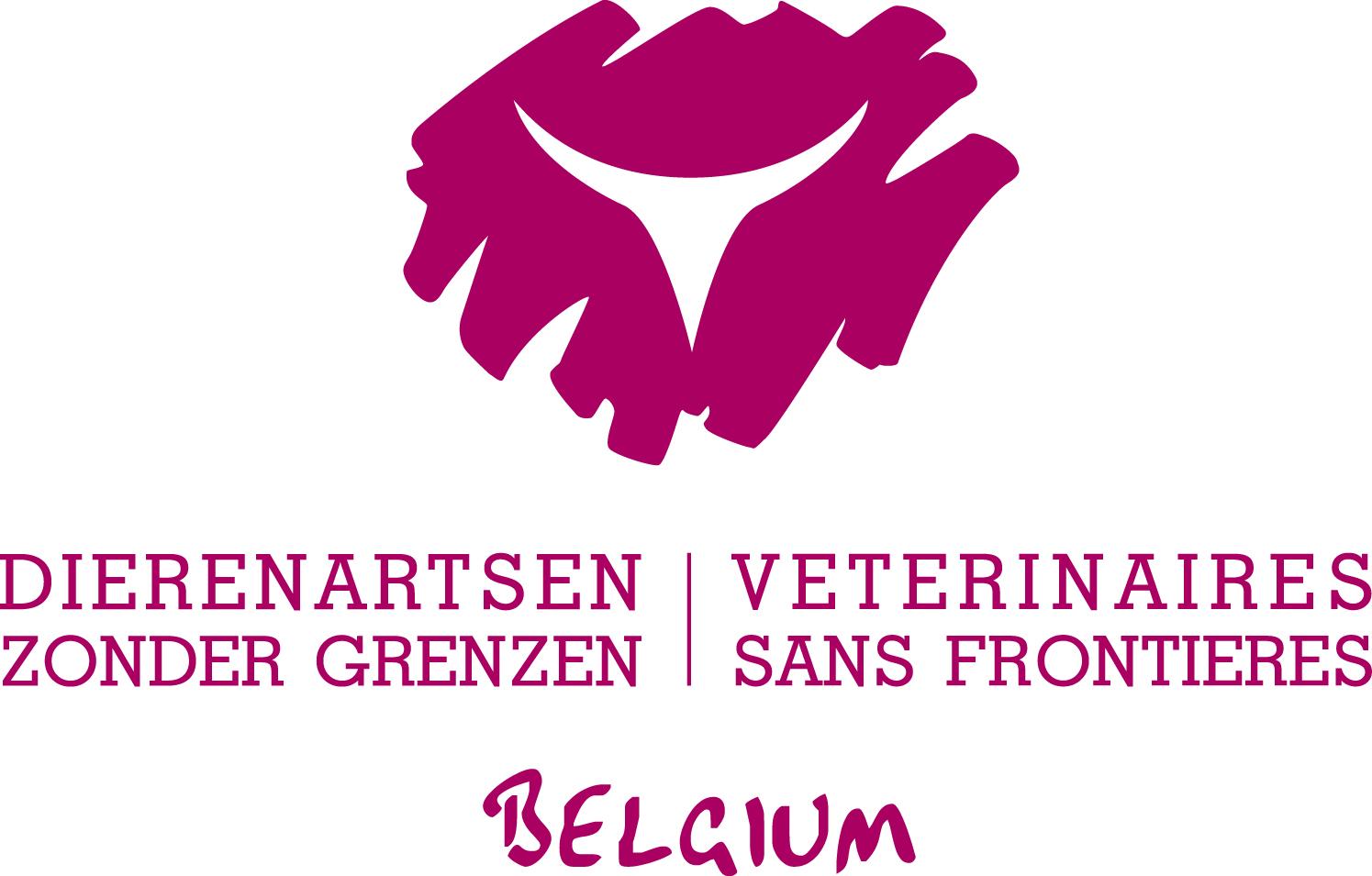
Maisha Bora International Partners: Veterinarians without Borders Belgium (VSF-B)
Toon DRIESEN | 17/03/2016
Vétérinaires-sans-Frontières/Veterinarians without Borders - Belgium (VSF-B) is present in Arusha, Tanzania since 2015 and responsible for the overall coordination of the Livestock Component of the Maisha Bora Food Security programme.VSF-B is an international NGO specializing in all aspects of livestock keeping. It is a member of VSF international (consisting of the different country VSFs). VSF-B is currently active in three countries in West Africa (Burkina Faso, Niger, Mali) and five countries in East and Central Africa (Tanzania, Uganda, Rwanda, Burundi, DR Congo). The vision of VSF-B is “Healthy Animals - Healthy People” and its mission is to optimize livestock farming in order to improve the well-being of disadvantaged populations in developing countries VSF-B, through their programmes, wants to help people to: Improve animal husbandry practicesImprove livestock productivityImprove animal health care and access to veterinary services, Improve human health (infectious zoonotic diseases) by improving animal healthcare and utilization and handling of livestock products,Improve access to pasture and pasture management,Help in conflict management between different land uses. Presently local partners are Ujamaa Community Resource Team and HEIFER Tanzania. Activities include: Land use planning and improved management of grazing resources,Introduction of poultry rearing and of improved breeds of cattle and goats,Farmer/pastoralist field school approach to improve cattle, goat, and chicken husbandry practices,Training of Community Animal Health Workers and improving veterinary services. For more information see: www.vsf-belgium.org
-
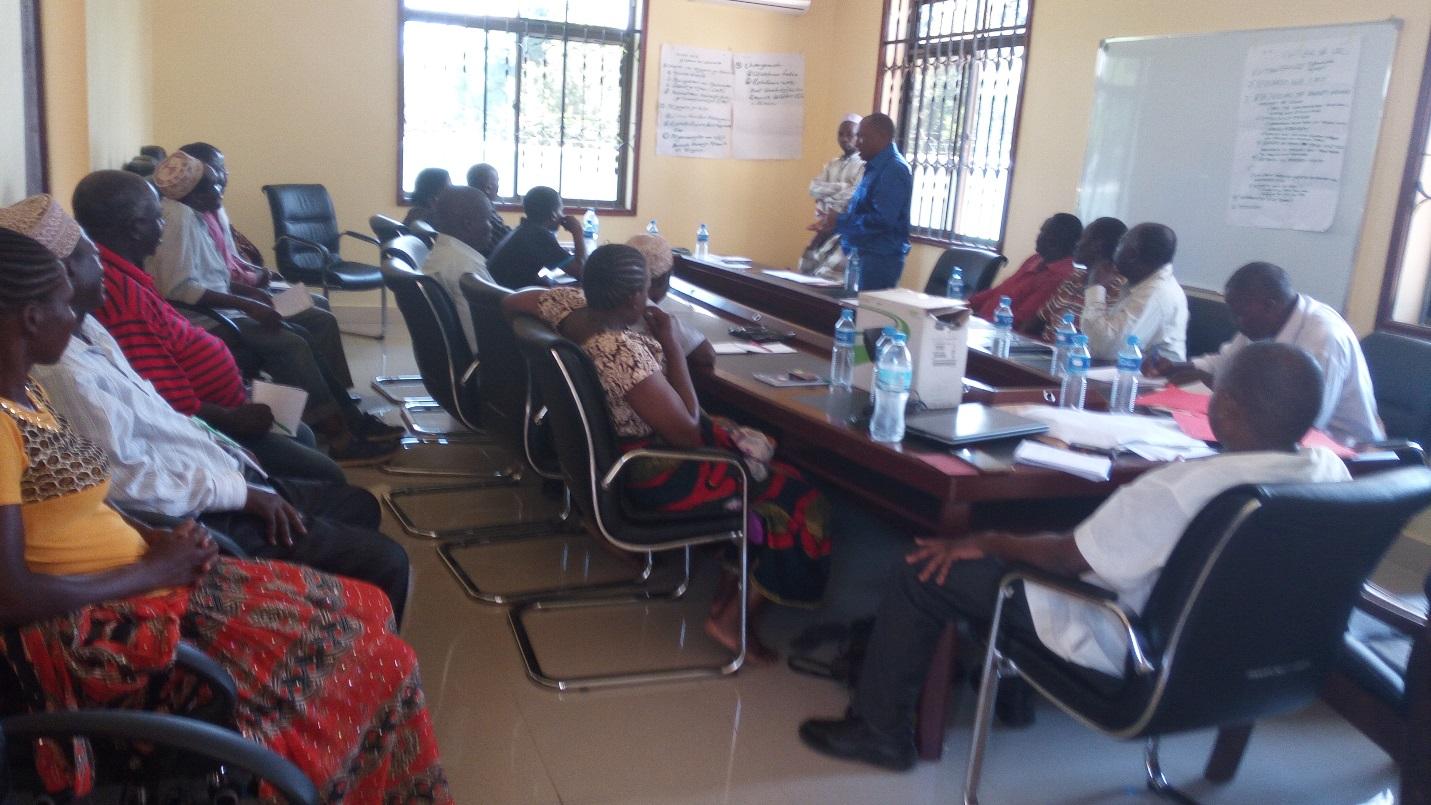
Strengthening business skills in the Iluma Wildlife Management Area
Jennifer SWERTVAEGHER | 14/03/2016
Kilombero Lower Rufiji wetlands Ecosystem Management project (KILORWEMP) is a natural resource management project co-financed by the government of Belgium and the European Union. The project is implemented in three districts of Tanzania: Rufiji, Ulanga and Kilombero. The ultimate goal of the project is to sustainably manage the wetlands ecosystem of Kilombero Valley and Lower Rufiji so that its ecological balance is conserved, the local communities’ livelihoods are improved and economic development is sustained. Wildlife management areas: Conservation in the hands of the communityA Wildlife Management Area (WMA) is a decentralized community-based conservation approach to wildlife management. At this moment, Tanzania has 21 functioning WMAs, with several others still in the stage of development. Every functional WMA goes through six rigorous legal universal steps towards Community Based Natural Resources Management (CBNRM): Establish resource user groupDescribe boundary and map areaAssess resourcesPrepare resource management planFormulate and approve by-lawsObtain user rightIluma WMAIluma WMA, with support of KILORWEMP, achieved user right in June 2015 as the 18th registered WMA in Tanzania. The WMA, 511 square kilometre in size, is located in Kilombero and Ulanga districts. Iluma is rich in fauna: it has significant numbers of elephants, buffaloes, puku and hippopotamus. The WMA has 14 member villages with each village represented in the community based organization (CBO), the entity responsible to manage Iluma WMA. Iluma CBO is made of 42 members, of whom 24% are women. Linking better livelihoods to conservation of natureStrengthening livelihoods – inherently part of community based natural resources management – implicitly provides incentives to conservation. Business ventures which use the available natural resources in a sustainable way are expected to contribute to the livelihoods of member communities on the one hand, and generate revenues needed to support management of the WMA on the other hand. When Iluma WMA obtained user right last year, the expectation to tap business potentials in its resource management zone plan (RMZP) was renewed. The business potentials include: tourist hunting, local hunting, and photographic tourism. However, tourism business – like any other business – requires good business skills for viable and sustainable profits. Training business skillsTherefore, KILORWEMP is in the process of strengthening business skills of Iluma CBO through trainings, especially in terms of business plans, marketing, administration, financial and procurement management. The training targets CBO members who are expected to manage Iluma business ventures. District officials who need to support the CBO also receiving training through an action learning approach. The trainings started early January and will continue until the end of March.
-
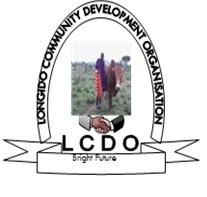
Maisha Bora Local Partners: LCDO
Toon DRIESEN | 10/03/2016
History: The Longido Community Development Organization (LCDO) was founded and registered in 2003 when the nine founding members committed themselves to the goal of improving the livelihoods of Maasai men and women in Tanzania. By 2013, LCDO has grown into a well-known, member-based development player, which significantly contributes to the availability of basic human and economic services for marginalized Maasai community. LCDO positively impacts the lives of nearly 5,000 Maasai people through LCDO’s programs which focus on increased access to education, economic empowerment, and health services. Members: LCDO as a membership based Organization, has members from 16 villages of Longido District where LCDO has been implementing its activities. So far LCDO has 944 members. Vision: LCDO envisions a society whereby each member has an opportunity to meet all social and economic needs. Mission: LCDO strives to empower community members for the eradication of poverty through promoting quality education, skills training, manages the use of available resources in order to motivate social development Activities: So far LCDO has/is implemented/implementing the following activities; Creation of watchdog groups and TOTs to support women on governance issue Creation of income generating groupsConstruction of three water dams and one water tankSupport participatory forest management in Ketumbeine and Gilaï forestsBought 80 tons of maize to the villages of Orkejuloongishu, Meirugoi, Lumbwa and Noodoto.Purchased 1300 goats to poor groups
-
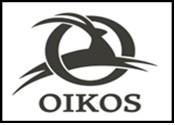
Maisha Bora Local Partners: Oïkos East Africa
Toon DRIESEN | 10/03/2016
Oikos East Africa (OEA) is a Tanzanian NGO based in Arusha that works since 1999 to promote the protection of biodiversity and the sustainable use of natural resources as tools to fight against poverty and boost socio-economic development. The principle behind OEA’s work is that sound environmental conservation strategies can guarantee health and wellness to current and future generations, increase the economic independence of vulnerable communities and tackle climate change. To reach its objectives OEA applies a systemic and interdisciplinary approach that foresees the implementation development projects in four different sectors of intervention: natural resources conservation and management; natural resource accessibility; climate change adaptation and rural communities’ economic empowerment. OEA vision is a future where local communities and authorities work together to promote a fair socio-economic development based on the sustainable use of natural resources. OEA mission is to work with high ethical and scientific standards to promote to support rural communities and local governance in improving the quality of life of the population and in protecting their ecosystems through culturally sensitive and environmentally highly sustainable interventions. OEA was first registered as a branch of the Italian NGO Istituto Oikos, it became an independent organization in 2009, but still remains a key part of Istituto Oikos’ network. Since its foundation OEA has thus worked in partnership with many local and international NGOs, with statal and parastatal Tanzanian institutions and with Italian research institutes and universities. Website: www.oikosea.org
-
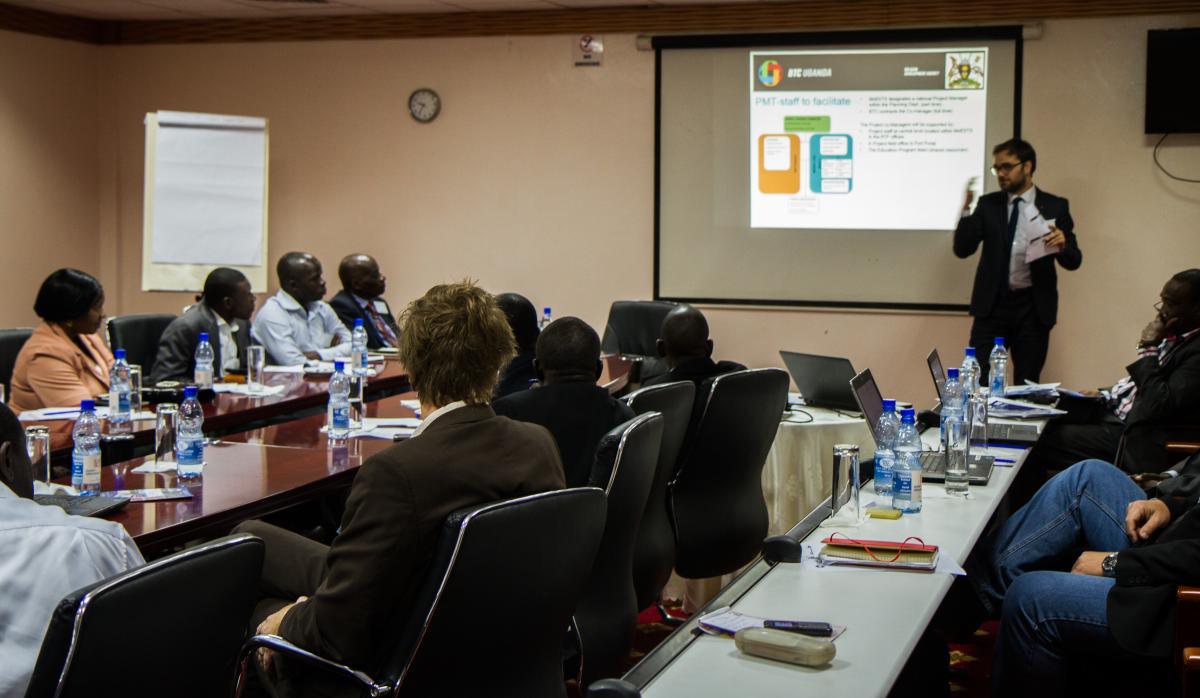
Improving the skills of Ugandan workforce
Thea MATHUES | 10/03/2016
Many Ugandan employers complain that the Ugandan workforce faces a dramatic lack of skills. Large segments of the population, including those in the informal sector of the economy, youth and women, do not have the skills they need to work in a productive environment or to generate income. The Ugandan system for Business, Technical and Vocational Education and Training (BTVET) needs to be reformed. Many technical and vocational institutions are struggling to deliver quality skills training, training infrastructure is often outdated and the sector faces severe image problems.That is why Belgium decided to support ‘Skilling Uganda’, a national strategy aimed at improving business, technical and vocational education and training, through a five-year program (2015-2020) that is jointly implemented by BTC and the Ministry of Education, Science, Technology and Sports (MoESTS). The Belgian contribution to the intervention totals 16 million euro, the Ugandan support is estimated at 10% of this amount. FIRST STEP: GETTING ALL STAKEHOLDERS TOGETHER To kick-start the Belgian-Ugandan intervention, a working session was organized early December in Kampala, bringing together different BTVET stakeholders, including private sector partners, government officials and partners from BTVET institutions in Western Uganda. The aim of the meeting was to explain the program’s objectives, collect immediate feedback from the different stakeholders and to introduce the way-forward plan. An important first step, because the ambitious objectives can only be reached if all different stakeholders work together.
-
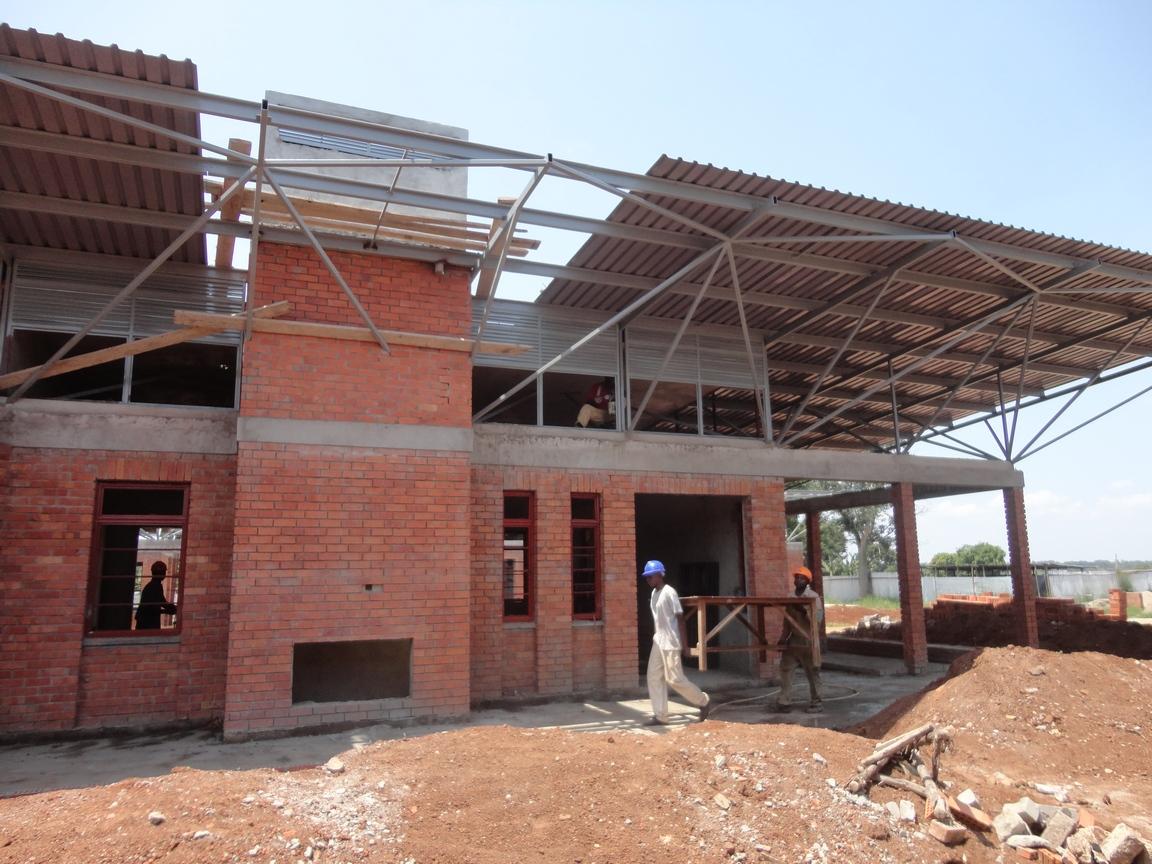
Building in East-Africa: Focus on Sustainable Architecture and Energy
Thea MATHUES | 10/03/2016
How can we create appropriate legislation to encourage sustainable architecture? How to educate our children and communities on this? And what if ‘sustainability’ is no longer enough? A seminar on sustainable architecture organised by the Teacher Training Education project addressed these questions on the 21st of October 2015. All with the purpose of infrastructure developments contributing towards the quality of education. Since 2012, the Teachers Training Education (TTE) project implemented by BTC and the MoESTS supports teacher training colleges, mostly on pedagogy and management, but also on infrastructure development. This last area has a strong focus on sustainable architecture and renewable energy. All infrastructure developments emphasize, during design, execution and operation, the importance of interventions that improve conditions in the colleges and reduce operation costs. Marten Treffers presents some of the approaches included in the project, like orientation of buildings, cross-ventilation, thermal chimneys, but also installations of biogas, solar and thermal heaters. If Ugandan architecture firms strive to acquire the same knowledge, attracting external partners would no longer be a necessity.Key-speaker Musau Kimeu encourages all participants to advocate passionately for change: “We have to push the entire nation to work for sustainable architecture. Why? Because the benefits of sustainable architecture are great not only economically and environmentally, but also socially. For example, people who work in sustainable buildings are less sick.”Vincent Kitio firmly agrees with this idea: “Across African cities with tropical climates, the majority of modern buildings are a replica of building designed in mostly European countries with cold and temperate climates. This results in huge energy waste.” INCLUDING PEOPLE Although legislation and government intervention play an important role, the government is not the sole motor for change. Every citizen, every user of a building, can contribute to a more sustainable architecture. “People have a strong mind-set on how a building should be constructed,” says Nigel Tilling, “there has to be an acceptance of technology and new materials.” Mr. Treffers noticed that convincing partners to innovate is sometimes not an easy task: “Showcasing the use of materials and technologies, as is done during this seminar, hopefully opens many eyes.” In our search for the perfect learning environment we need to keep the Ugandan reality in mind. As budgets are often small, low maintenance and cost efficiency are key concepts in designing schools, even more so in rural areas. That is why working with local materials such as eucalyptus is ideal. Going for innovative techniques is definitely worthwhile in the long run. Several case studies presented show that the initial cost of investment is high but the operation costs are manageable. After a while the investment starts paying itself back. Solar panels, for instance, are long-lasting and only need battery change once a year. When those initial investments can be covered through a project like TTE, colleges can use their budget for pedagogy instead. Schools should be encouraged to audit their use of energy. They could save more than half of their monthly electrical costs if they invest in energy saving lamps and educate staff and students on how to save energy. The colleges supported by the TTE project will reduce their firewood use by 50-70% and the electricity use will go down, on average, by 50%.FROM SUSTAINABLE TO REGENERATIVE DESIGNSAccording to Mark Olweny it has come to the point where ‘sustainability’ is not enough: “Sustainability implies something that endures without degrading, however it does not regenerate itself or create anything new. To be truly sustainable, we need to live within earth’s ecological carrying capacity.” WHAT'S NEXT? Throughout the entire seminar the need for a paradigm shift is expressed. But how can we achieve this? Mr. Olweny seeks the answer in value change: “Values passed on are central to enabling a sustainable and regenerative design approach. And isn’t education about changing values?” The TTE project strongly invests in this. That is why lecturers are being trained to use new teaching methodologies and college management is being supported. The infrastructure component of the project actively chooses for innovative and sustainable building methods. Good local examples are thus being created. But the project cannot stand on its own and will not go on forever. This seminar has shown that there is a lot of local knowhow. One challenge for the future might be to bring this fragmented knowhow together. The discussion on how different actors in the field can increase awareness and then realize more sustainable buildings must continue. Clients, for example the government or projects like TTE, must insist on adopting designs that favour energy efficiency and green architecture, and they must develop standards and guidelines for it. Architects and engineers must be innovative and recommend solutions that contribute to better conditions for the users. Professional bodies and universities must further research those interventions that are relevant for the Ugandan context. And contractors must develop their execution experience with local materials and technologies that allow sustainability. WHO IS WHO? Marten Treffers: Architect from the Netherlands workings as International Sector Infrastructure Expert with the TTE project. Musau Kimeu: Environmental Design Architect and lecturer in Environmental Building Science at the University of Nairobi. Vincent Kitio: Architect working as Head of Urban Energy Unit at UN-HABITAT.Mark Olweny: Architect and Senior Lecturer at the Uganda Martyrs University. Nigel Tilling: Architect and projects director of FBW Written by Marten Treffers and Thea Mathues
-
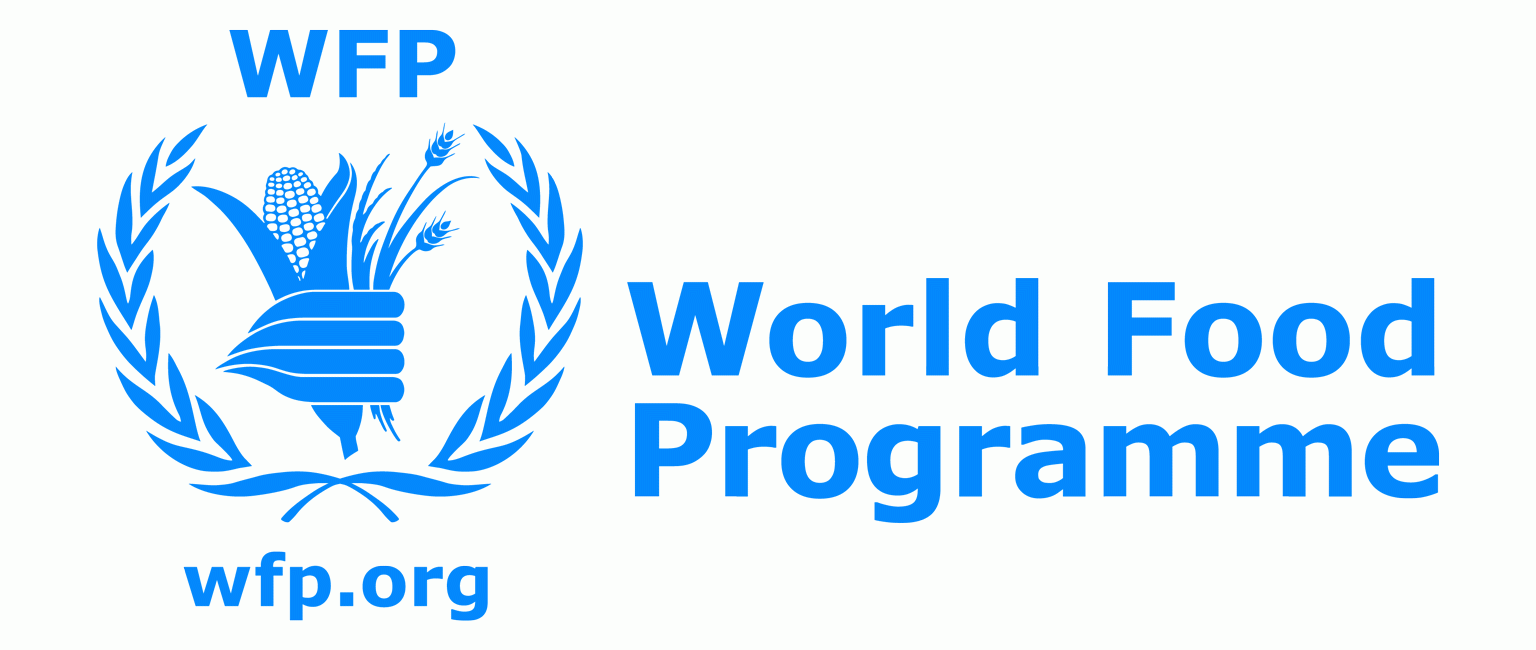
Maisha Bora International Partners: World Food Programme (WFP)
Mathias LARDINOIS | 08/03/2016
In Maisha Bora Programme, WFP is responsible for improving the nutrition of households, and in particular pregnant and lactating women and children under 5, through consumption of more diversified foods, use of cleaner water and awareness of HIV prevention.The World Food Programme (WFP) is the world's largest humanitarian agency fighting hunger worldwide, delivering food assistance in emergencies and working with communities to improve nutrition and build resilience. Each year, WFP assists some 80 million people in around 80 countries. WFP is part of the United Nations system and is voluntarily funded. About 11,500 people work for WFP, most of them in remote areas, directly serving the hungry poor. In Tanzania, WFP has a team of over 100 staff reaching more than half a million vulnerable people per year through its various initiatives.Website:https://www.wfp.org/countries/tanzaniaContact: Tel: +255.22.219.7300; Email: wfp.daressalaam@wfp.org
-
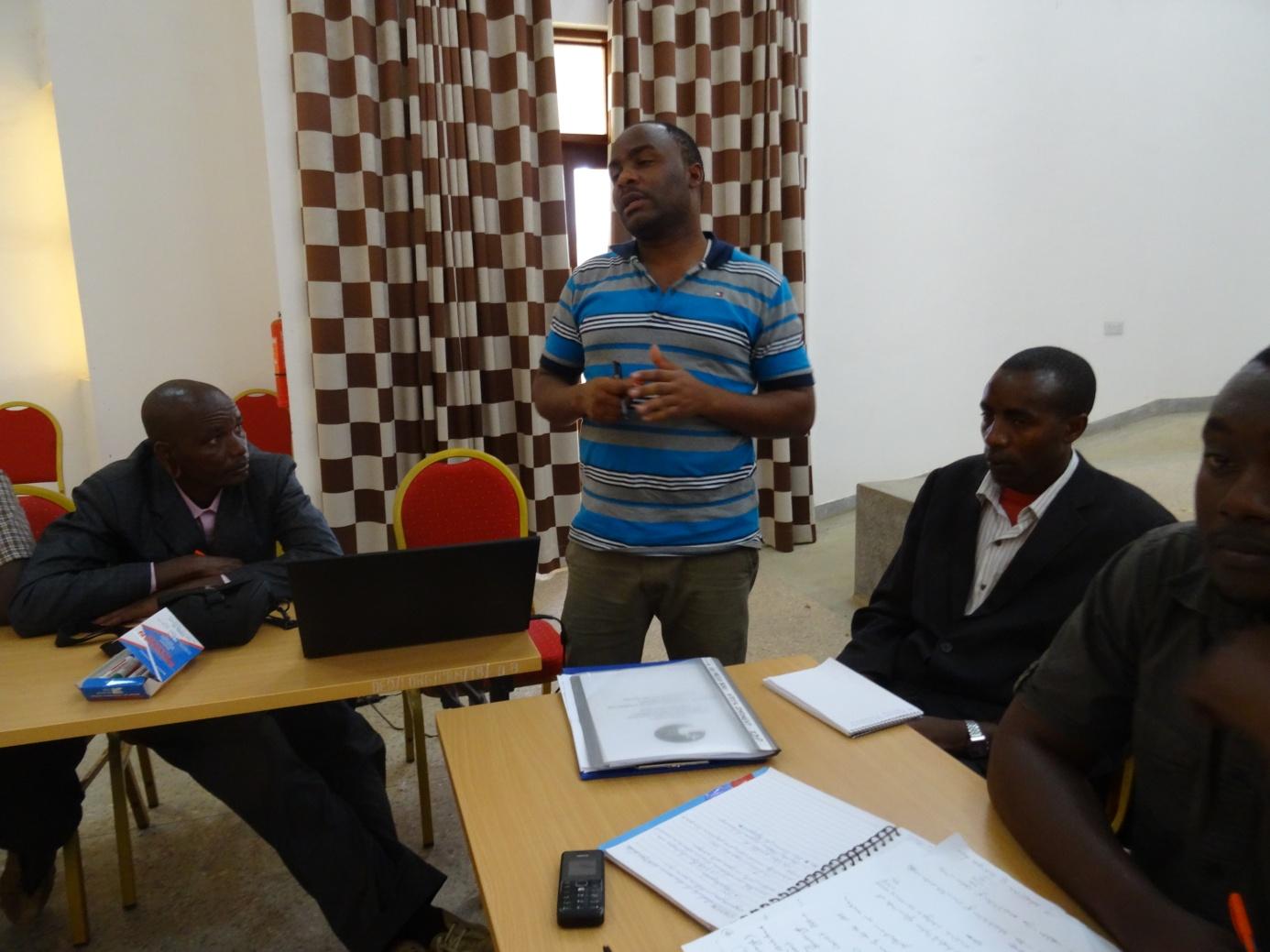
Focus on water: Village selection for the rehabilitation of water sources
Toon DRIESEN | 07/03/2016
Prioritizing together During the second semester of 2015, Islands of Peace and its local partners (Oikos East Africa and Longido Community Development Organization) conducted an in-depth analysis on the problem of access to water in the 15 targeted villages of the Maisha Bora Programme. This analysis allowed the project team to get a good understanding of the situation and to foresee possibilities of improvement of the current situation by rehabilitating or constructing water sources. Based on this diagnosis, the water engineers of the 3 organizations worked together to elaborate technical solutions for rehabilitating the existing water sources in each of the targeted villages. The solutions were presented to the communities and District Staff during a workshop in Longido and Simanjiro District in February. The workshops allowed all relevant stakeholders to prioritize and select together (Communities, District and Project Team) the villages where rehabilitation projects are necessary and relevant. Following these meetings, Islands of Peace and its local partners will organize workshops in order to discuss the rehabilitation projects with the communities and select the most relevant one. Ludovic Joly, regional coordinator for Islands of Peace, emphasizes the importance of such a participatory approach. “We want to make sure that we select the most relevant projects and propose solutions that reflect the expectations and the needs of the community.”
-
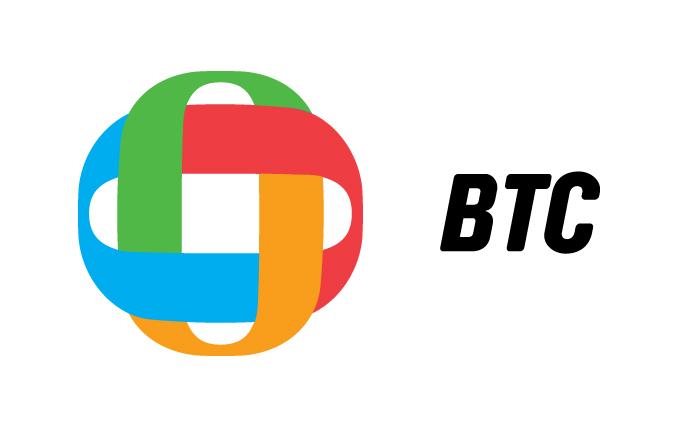
Maisha Bora International Partners: Belgian Development Agency (BTC)
Mathias LARDINOIS | 04/03/2016
In Maisha Bora Programme, BTC is responsible for the effective coordination of the programme to assure external and internal coherence, induced cooperation and increases implementation efficiency.The Belgian development agency, BTC, mobilises its resources and its expertise to eliminate poverty in the world. BTC contributes to the efforts of the international community and works towards a society that provides present and future generations with sufficient resources to build a sustainable and fair world.Its staff members in Brussels and overseas embody the commitment of the Belgian State and other development partners to international solidarity. They support more than 300 cooperation projects and programmes in some 20 countries in Africa, Asia and Latin America.BTC listens, gives advice and puts the experience of its staff to the disposal of its partners. Its staff members look for innovative solutions to the challenges set by a continuously more complex environment. To support the development processes BTC provides services that are characterized by transparency and integrity, which are essential values in a relation of trust.In Belgium BTC is presenting itself as a centre of excellence for development issues.Website: http://www.btcctb.org/en
-
Trainings on Natural Resources Management
Jennifer SWERTVAEGHER | 04/03/2016
The Belgian-Tanzanian Scholarship Programme aims to improve the performance of government institutions in two sectors: Local Government Reform and Natural Resources Management. Strengthening the individual competencies of government staff will contribute to the organizational development of their institution. Four Tanzanian training institutions were selected to give the trainings in Natural Resources Management: CBCTC – Community Based Conservation Training CentreFTI – Forestry Training InstitutionFETA – Fisheries Educational Training AgencyARITA – Ardhi Institute TaboraFrom 15th February until 29th April they are giving trainings to local government employees in Mkuranga, Kigoma, Uvinza, Buhigwe, Kasulu, Kibondo and Kakonko. The content of the trainings ranges from how to handle land use conflicts to refreshing their knowledge aboutNatural Resource Management laws. A trainer from CBCTC explains: “It is very useful to give a training on Community Based Natural Resources Management, because the laws and regulations in this sector often change.”The trainings try to relate to the daily work of the participants as closely as possible, and therefore are given in a participatory way. Much to the appreciation of the training participants: “This way we are encouraged to think actively and we will remember the things we learned better.”
-
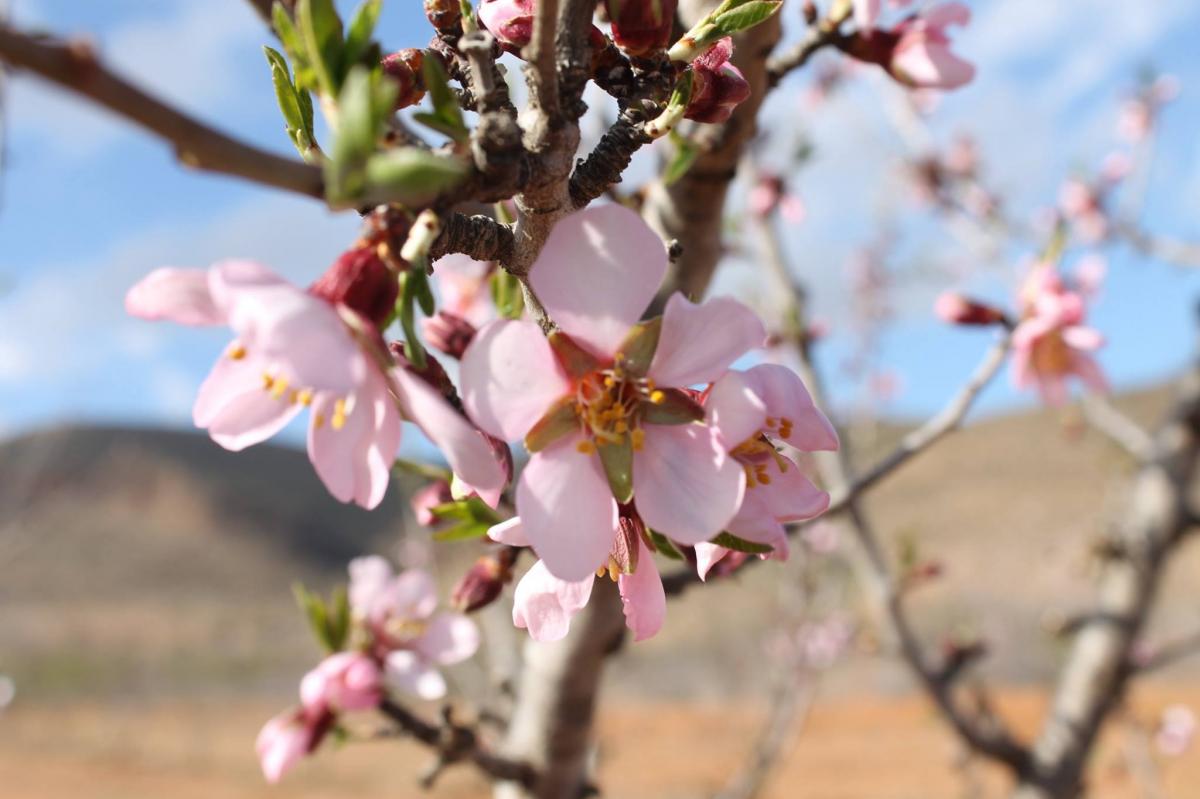
Floraison de l'amandier
Meriem HILALI | 03/03/2016
Dans l’Oriental, les amandiers commencent leur floraison. Pour le projet de développement de la filière des amandiers, on se prépare à assister à un spectacle magnifique : ce sont plus de 6000 ha d’amandiers qui ont été plantés depuis 2012. Trois mille agriculteurs sont concernés. Ils se préparent à recueillir les fruits de leur labeur puisque les 2000 premiers ha plantés vont déjà donner des amandes. Le succès auprès des agriculteurs de l’Oriental est tel que le gouvernement marocain a décidé d’investir 2 millions d’euros supplémentaires dans les plantations qui devraient garantir d’ici la fin du projet, en 2018, une amélioration durable de leurs revenus.
-
Encuesta de Satisfacción de usuarios y usuarias en servicios de salud
Cecilia TORRES | 01/03/2016
La Encuesta Nacional de Satisfacción tuvo como objetivo conocer la percepción y satisfacción del asegurado del SIS gratuito sobre los servicios de salud que reciben en los establecimientos de salud a nivel nacional y regional, así como analizar la percepción de prestadores de salud: los jefes de la unidad de seguros, profesionales de salud asistencial (médico, enfermera, obstetra) e informáticos de la unidad de seguros. En relación a los asegurados, los resultados más importantes muestran el impacto generado por el SIS en los asegurados, entre ellos reconocen que el SIS “contribuye a que tenga una mejor calidad de vida” (93,4%), “ha significado una mejora en su salud y en la de su familia” (94,2%), “tiene más acceso a los servicios de salud” (90,0%) y “ se sienten más seguros en caso ocurra alguna emergencia con su familia” (94,0%). En relación a los prestadores de salud, mencionan que los 4 principales aspectos para lograr que los asegurados SIS se sientan satisfechos son: que haya el número suficiente de médicos, que se entreguen la totalidad de medicinas, que las citas se obtengan con rapidez y que no haya cobro alguno por ninguno de los servicios de salud ofrecidos.
-
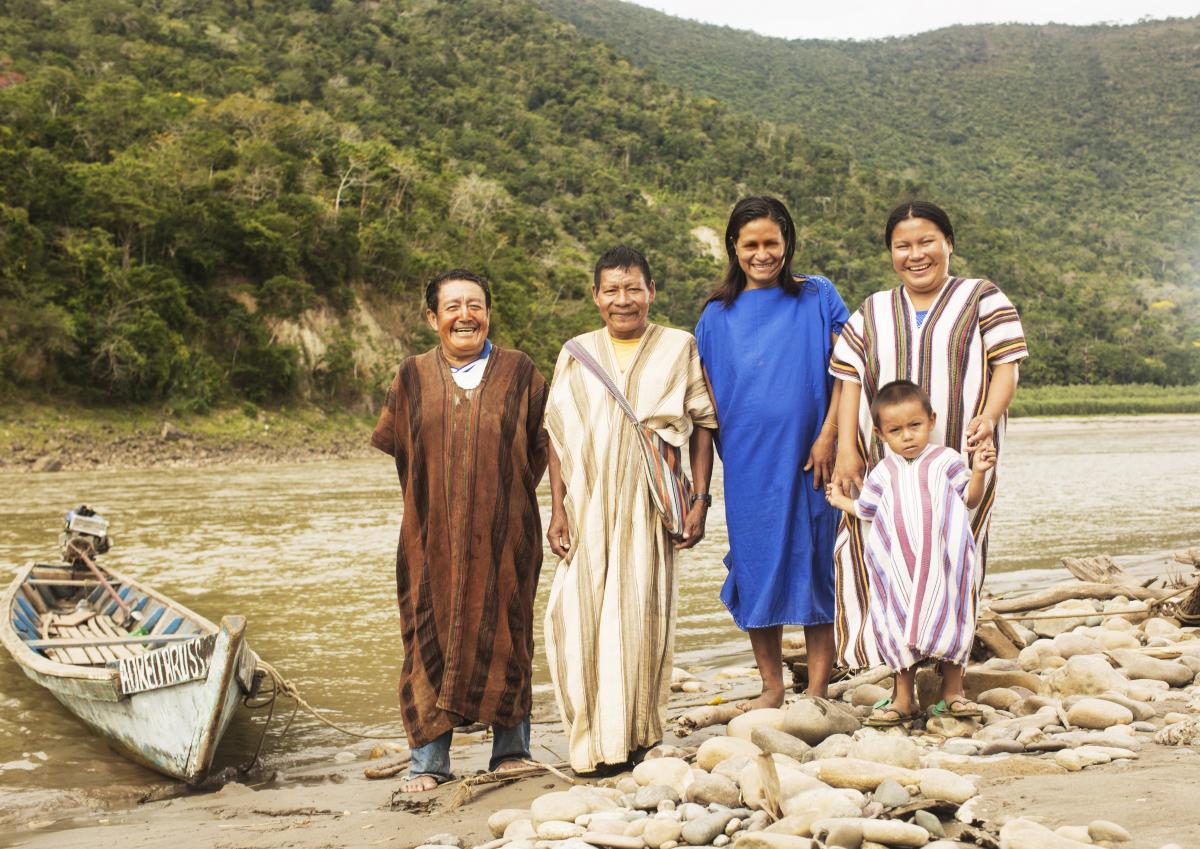
Experiencia piloto en distrito Rio Tambo para salud de pueblos indígenas
Cecilia TORRES | 01/03/2016
Las poblaciones indígenas amazónicas del Perú estan clasificadas como uno de los grupos vulnerables en salud, que acceden por derecho a servicios de salud gratuito y de calidad. El acceso a estos servicios por la población presenta una serie de dificultades geográficas, económicas y culturales. En el marco del Programa SISTEC, en coordinación con otros actores, se ha decidido tomar acción desarrollando una investigación-acción en la zona, para empoderar a las comunidades y encontrar soluciones conjuntas a los problemas que se identifiquen. El primer paso de la intervención será la conformación de Comités de Defensores del Aseguramiento Universal en Salud con responsabilidades respecto a la afiliación, la difusión de derechos y la centralización de reclamos y sugerencias. Estas responsabilidades se verán extendidas en intervenciones futuras a la vigilancia ciudadana de la calidad de la atención.
-
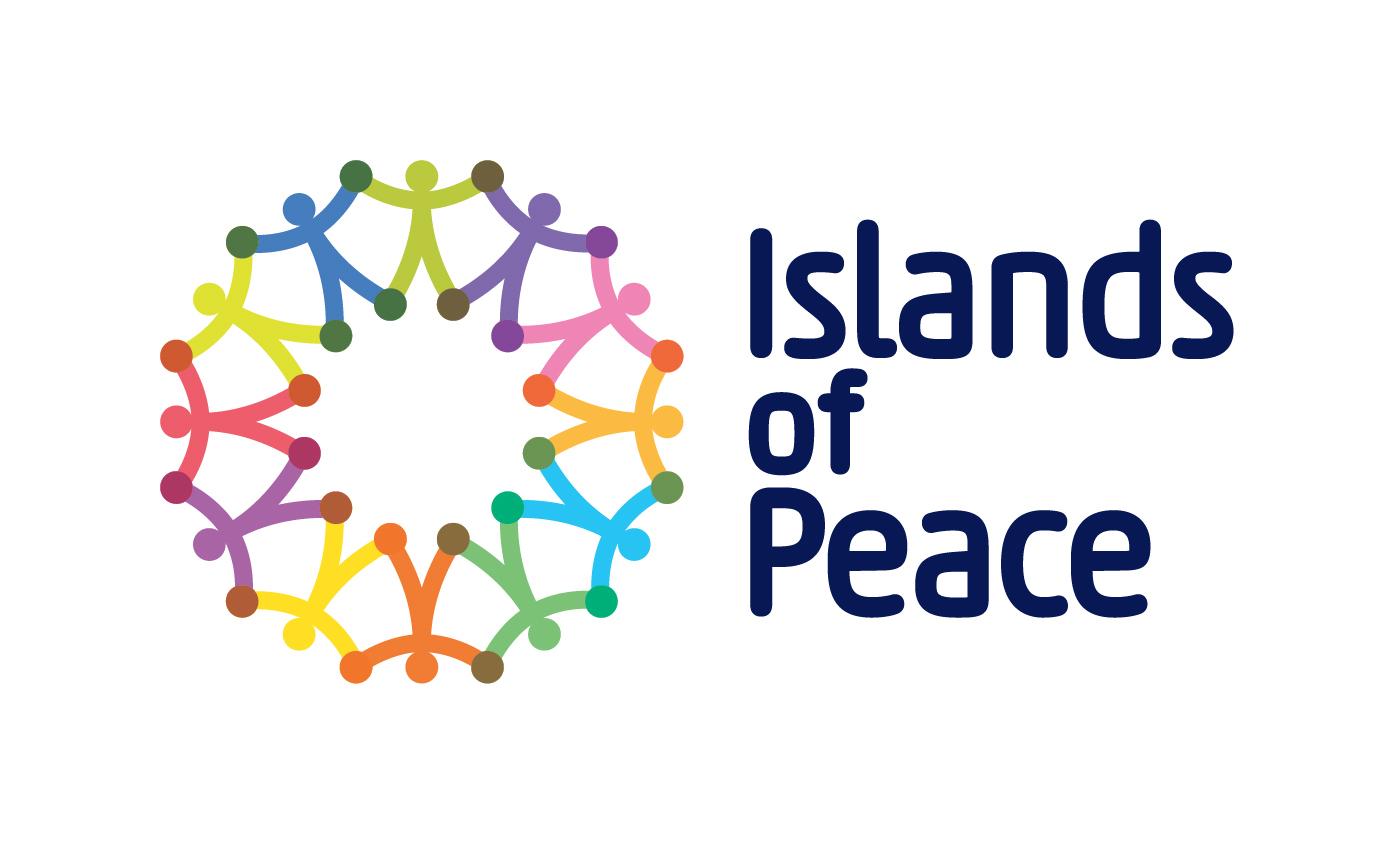
Maisha Bora International Partners: Islands of Peace (IDP)
Mathias LARDINOIS | 29/02/2016
In Maisha Bora Programme, Islands of Peace is responsible for improving sustainable access to adequate water for livestockIslands of Peace (IDP) is a Belgian NGO created in the 1960’s. Currently IDP works in 4 countries: Benin, Burkina Faso, Peru and Tanzania. IDP also conducts activities in Belgium such as advocacy and development education. The intervention of IDP in Africa's overall objective is to enable people to pursue their own sustainable development process independently and with dignity.In its countries of operation, Islands of Peace facilitates local, reproducible and sustainable development led by disadvantaged populations with their representatives and local authorities.Islands of Peace is an NGO specialized in the support for local development. Its interventions target vulnerable rural communities for whom programs that tackle food insecurity.- "Sustainable production" (Sustainable Family Farming): support to producers' families and to their organisations for the development of a sustainable agriculture at the environmental, social and economic levels by having the role model of agro ecological productive system as a focal point AND by taking the realities and constraints that producers have to face into account.- "Post-Production - Commercialisation": working with male and female producers and their organisations to strengthen their command of post-production aspects (storage, packaging, processing,...) and commercialisation (planning, product positioning). The main preoccupation is to enable families to sell their production at a fair price, to clear a profit from it and to get a decent life. That includes the strengthening of producers organisations.- "Favourable environment for SFS emergence" (Repercussion/Advocacy): leading repercussion actions at the level of local/regional/national authorities to promote a favourable environment for emergence of sustainable food systems.Islands of Peace will also develop a result on capacity building for local partners which will implement activities in the field.Website: http://www.ilesdepaix.org/
-
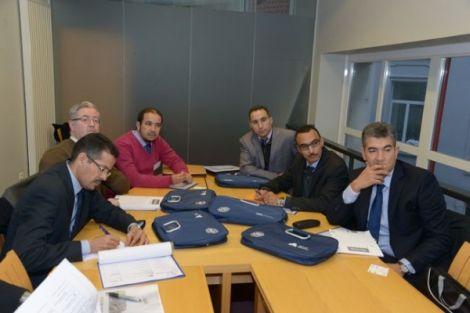
Gestion stratégique portuaire
Meriem HILALI | 29/02/2016
C’est dans le port d’Anvers que nous avons rendez-vous avec six directeurs marocains du Ministère de l’Équipement, du Transport et de la Logistique. Ils y ont suivi un atelier portant sur la stratégie portuaire, organisé par l’APEC (Antwerp/Flanders Port Training Center). Cette formation de 5 jours a été élaborée à la carte, suite à une demande de l’autorité portuaire marocaine qui désire fournir à ses cadres une expertise de haut niveau pour mettre en place une stratégie efficace de gestion des ports du pays. Les acquis de cette formation et les échanges d’expériences avec le port d’Anvers lui permettront d’adapter sa stratégie portuaire dans ce secteur en pleine expansion au Maroc. Cette formation s’inscrit dans la cadre de la collaboration entre le Programme de Renforcement des Capacités (Bourses) et le Ministère marocain de l’Équipement, du Transport et de la Logistique.

